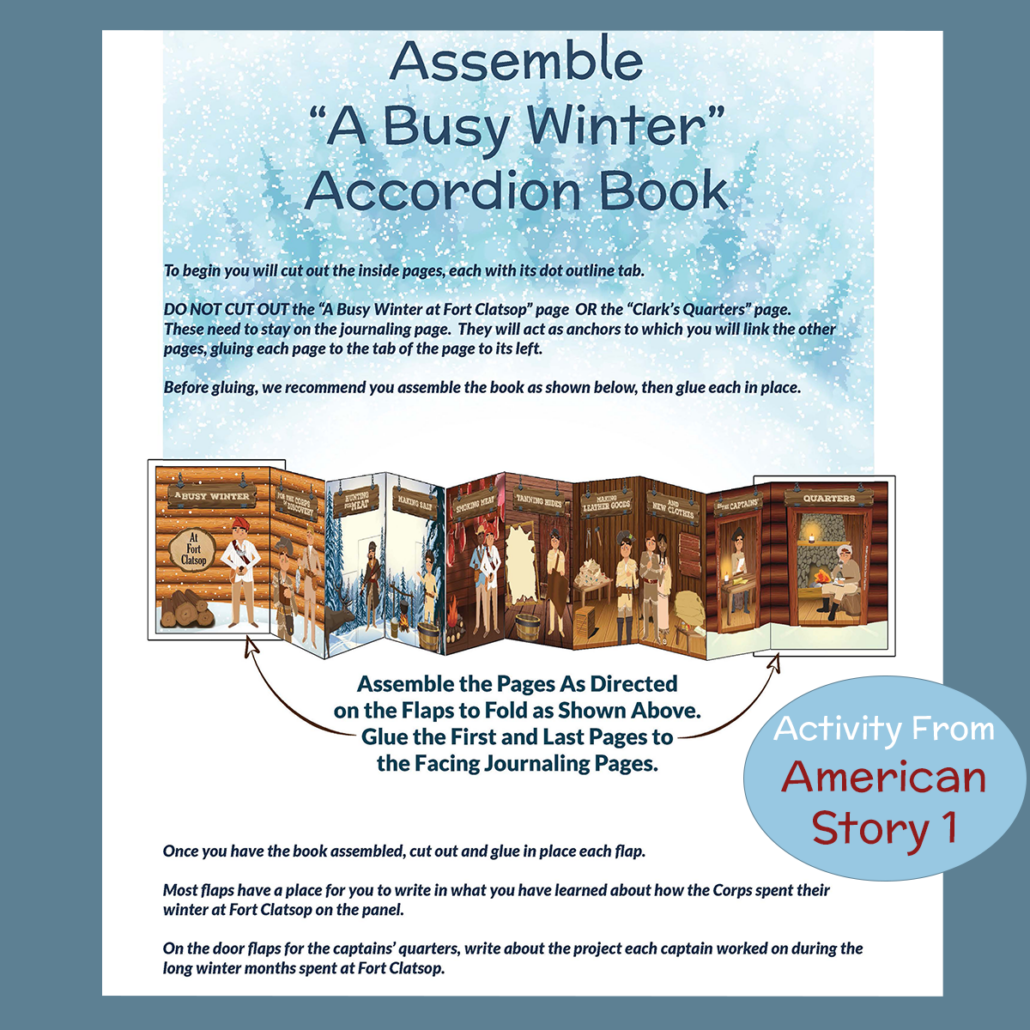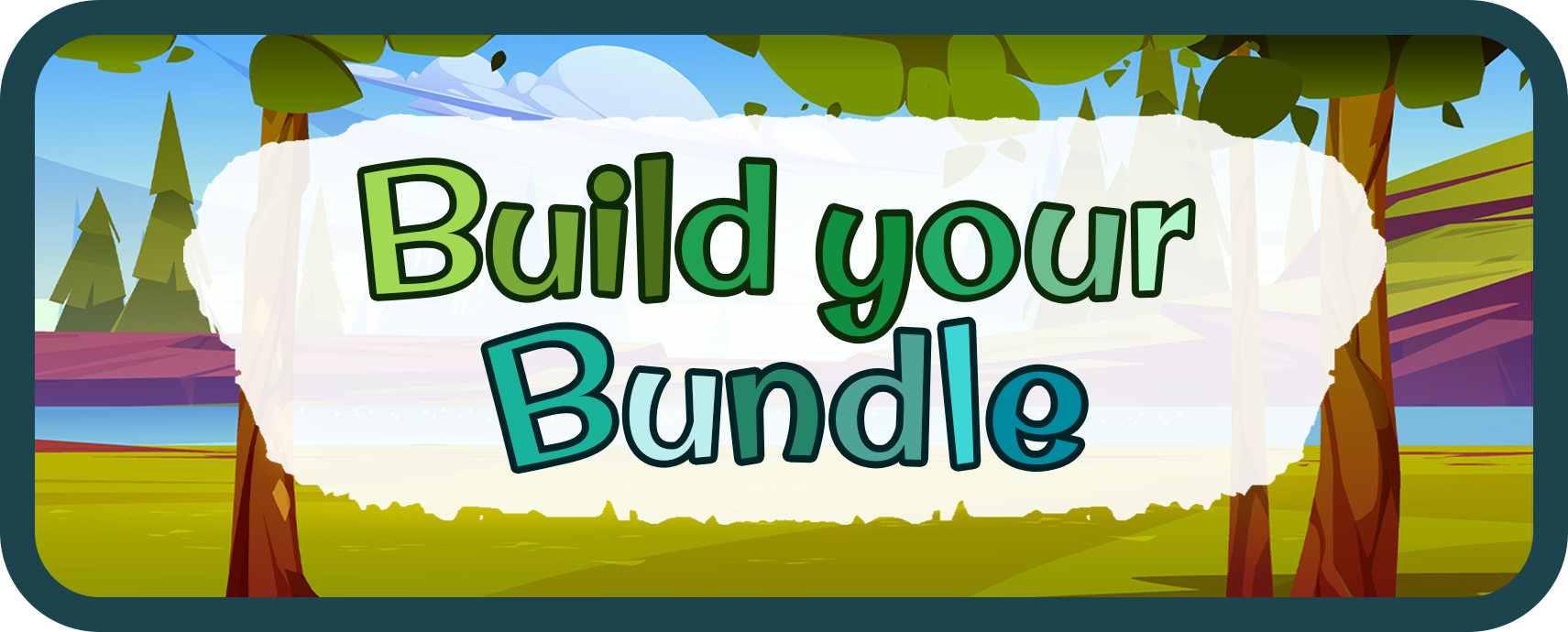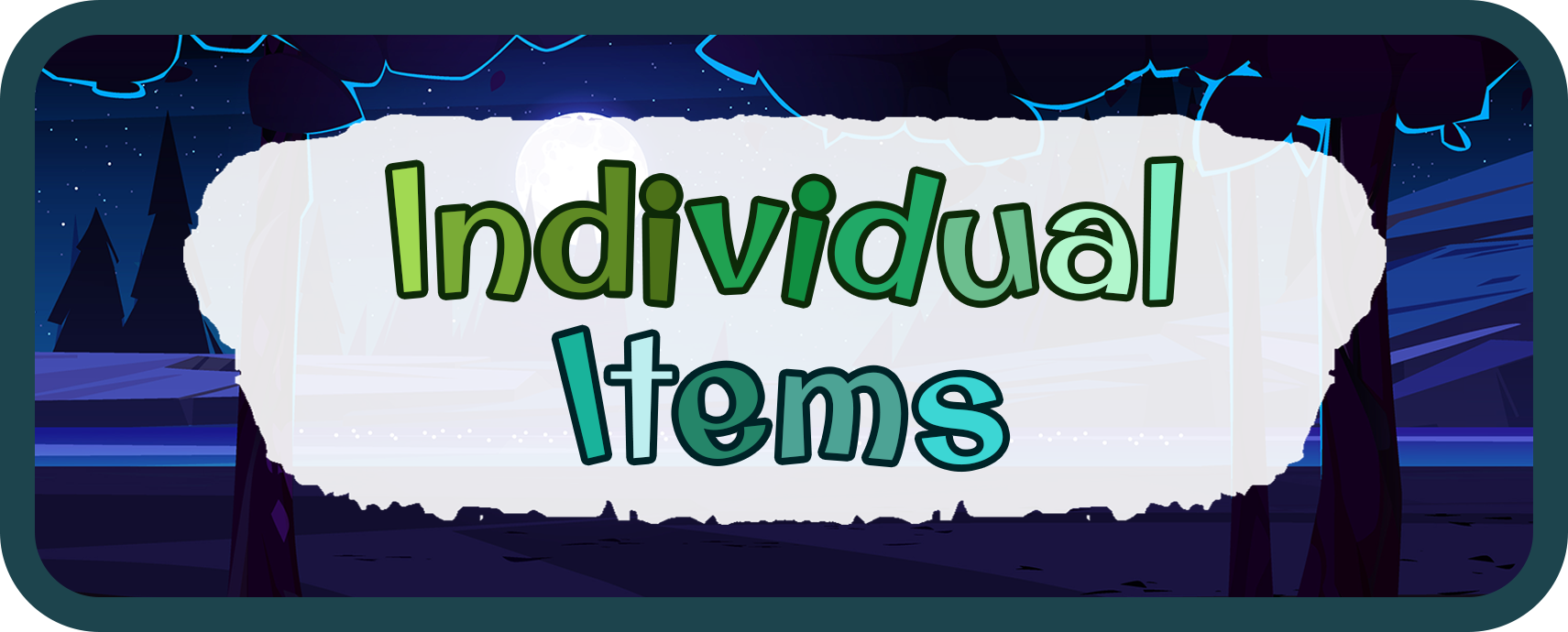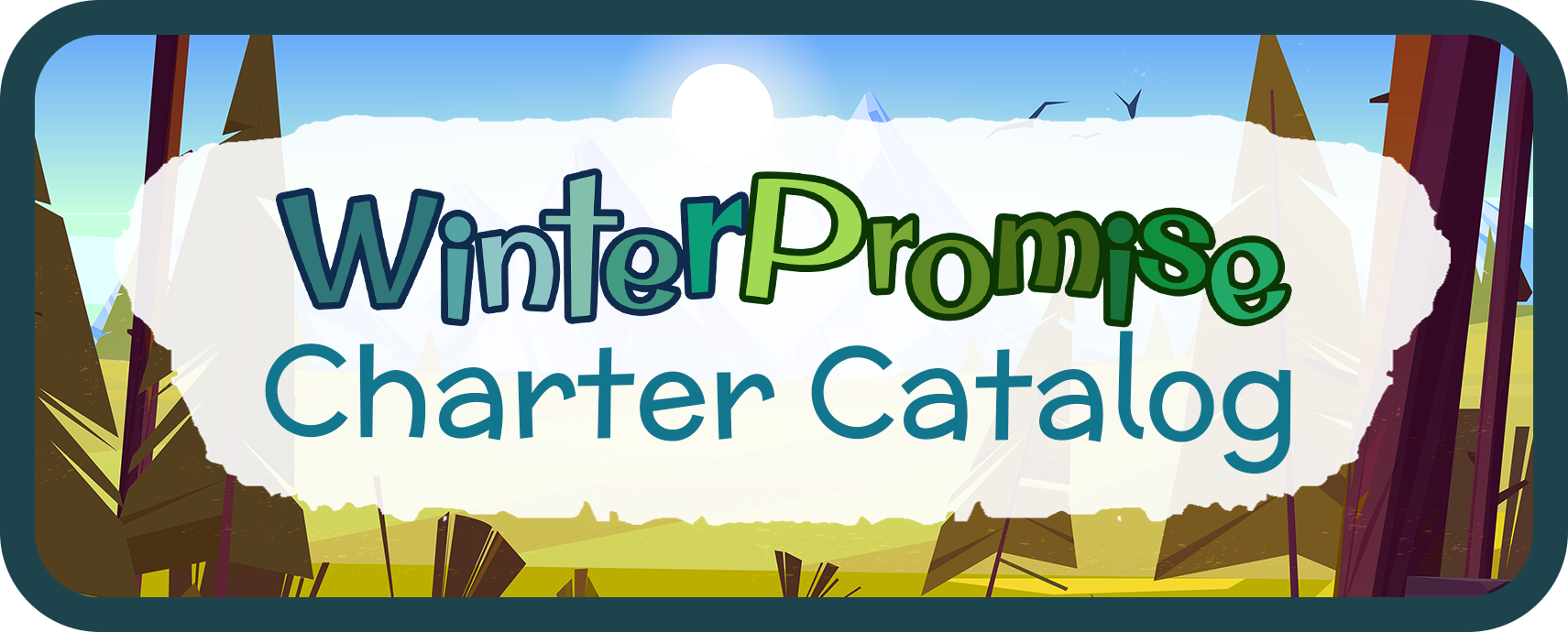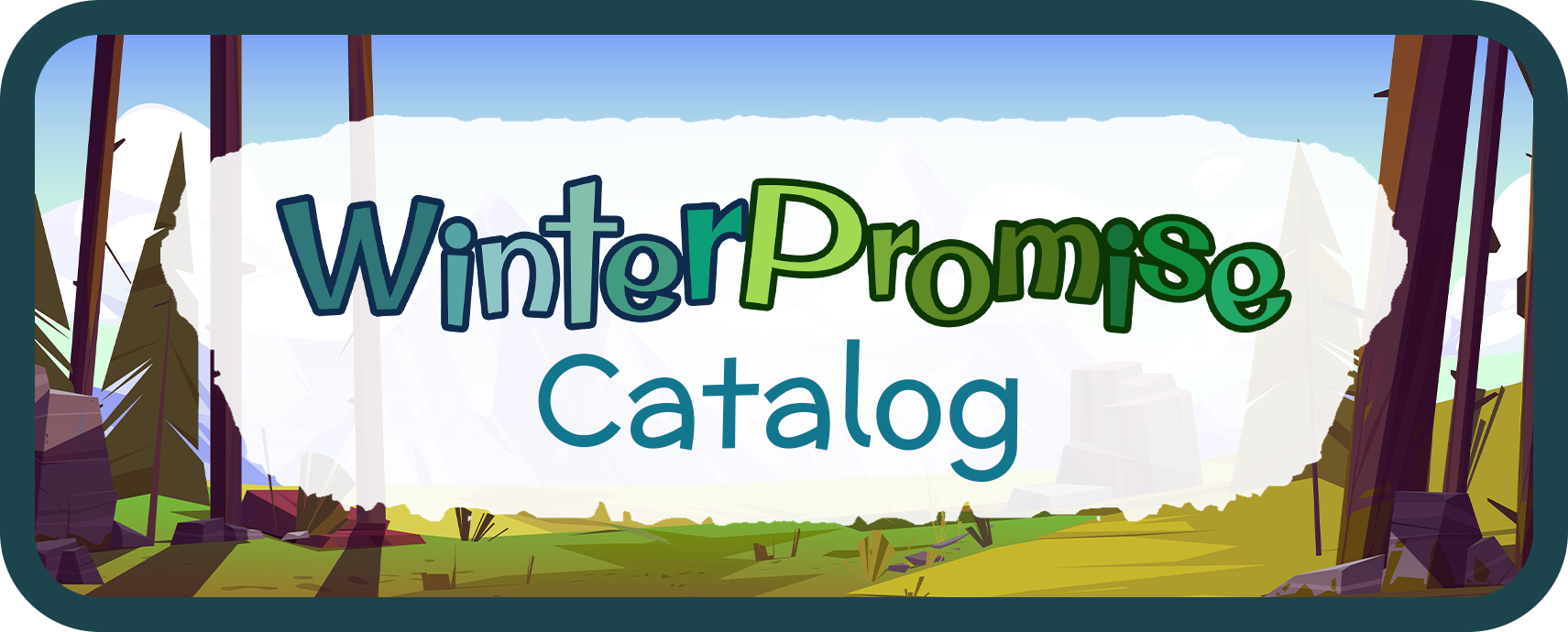Are you ready for Christmas break! Are your kiddos ready for Christmas break! I know ours are!
Christmas break is great for spending time together with your family but the things we learned before can sometimes get lost in all the holiday cheer! This year if you want to keep your kiddos brains fresh try some of these fun Christmas themed activities to keep those gears turning and ready for school to start again!
Gingerbread Cookies & Houses
Decorating cookies isn’t just so that you can eat the icing while decorating or gluing together walls, although that is the best part! Decorating cookies and making gingerbread houses is a great way for your students of any age to focus on something fun while building a number of important life skills! For your youngest learners decorating cookies and making gingerbread houses can be a great way to practice color recognition, strengthen their fine motor skills, and help lengthen their attention span by focusing on something fun! For older or middle aged learners these activities can help in similar ways! Decorating cookies can allow your students to express themselves visually as well as allow them to practice being an architect by figuring out the best way to keep the gingerbread house together and stable!

Popsicle Stick Christmas Trees
If you have learners that like more creative freedom and love hands-on crafts, try making popsicle stick Christmas trees! The wonderful thing about this project is that there is no right or wrong way to make the Christmas tree! You can make a simple triangle with the sticks and decorate it with pom balls, string, markers, glitter and more! Or you can place one large stick and place more sticks perpendicular to that stick getting smaller as they reach the top of the stick, and you could even choose designs that might be harder to complete like placing many smaller sticks at the top of the tree pointing toward the bottom of the tree in a fan like pattern!
Take these fun popsicle stick Christmas trees and turn them into Christmas decorations that you can hang on your Christmas tree!
12 days of Christmas
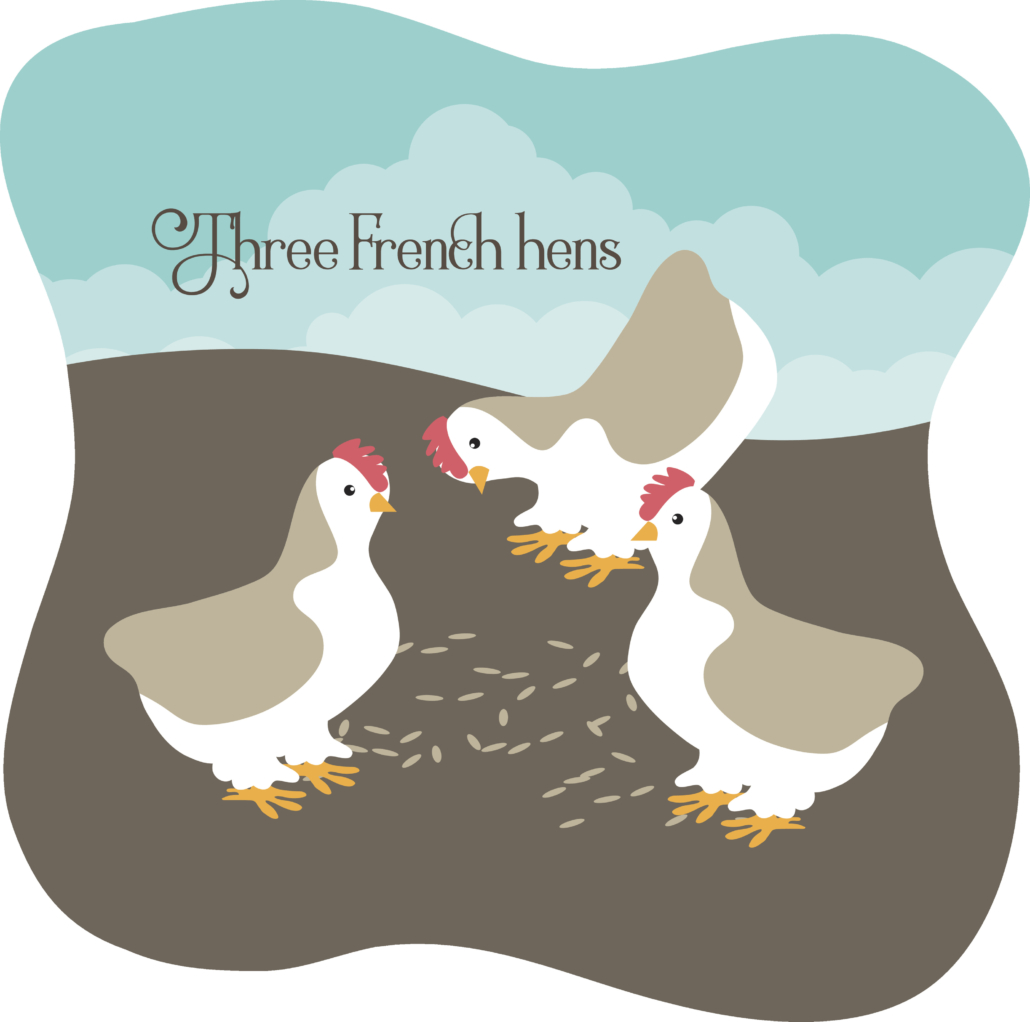
Our I’m Ready to Learn Themed program for Preschoolers goes through the 12 days of Christmas song and even walks you through creating your own 12 days of Christmas book to read and play with over Christmas break while you count down the days! Try making your own 12 days of Christmas book or use our I’m Ready to Learn Preschool program to walk you through it as you complete a full year of preschool at home!
Write Christmas Cards Together!
Write Christmas cards together this year with all your learners! For younger students this is a great way to practice writing letters and spelling and writing their own name. For older students this is a great way to help them understand what should be written on card and how you should write an address on a letter as well as how the stamps are used! You could even take them to the post office to send them out for a fun family outing!
This year make sure you take a break to spend the holidays with your family and listen to your instincts as a parent! If you feel your kids need a break then give them one, but if you feel they should keep their brains fresh for when you start school again then try some of these fun engaging holiday themed activities that will get their brains working without them even knowing!


